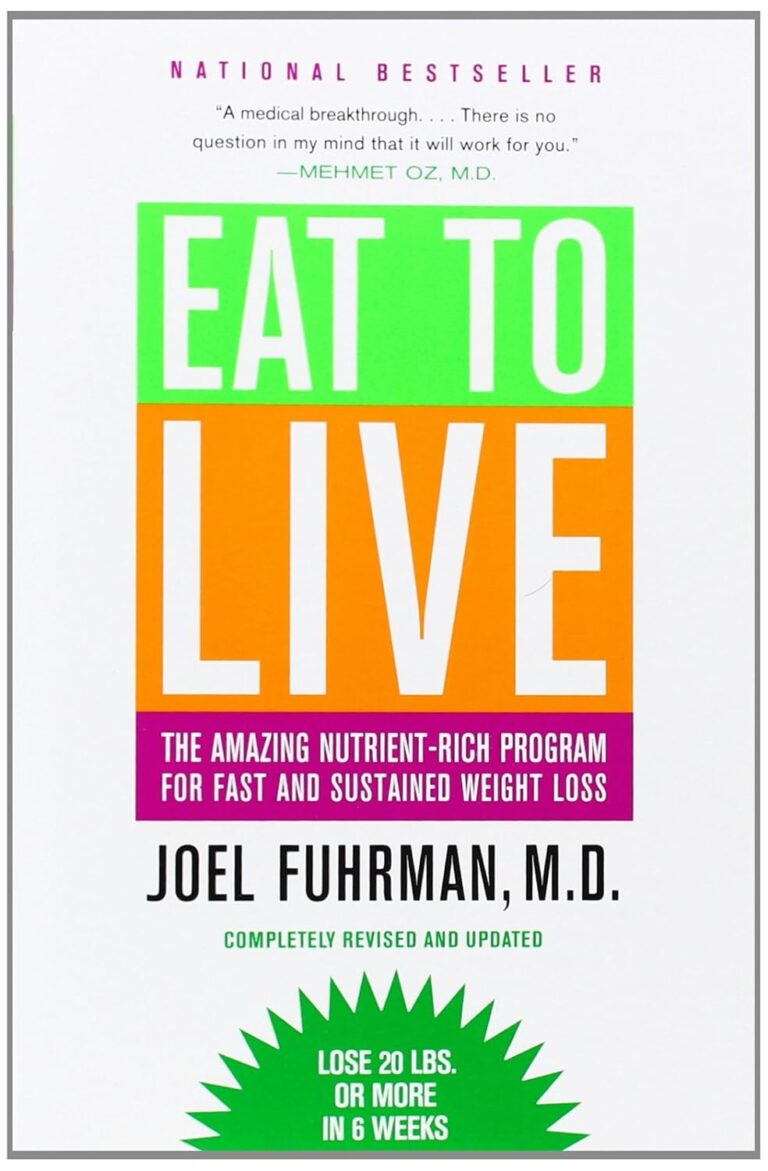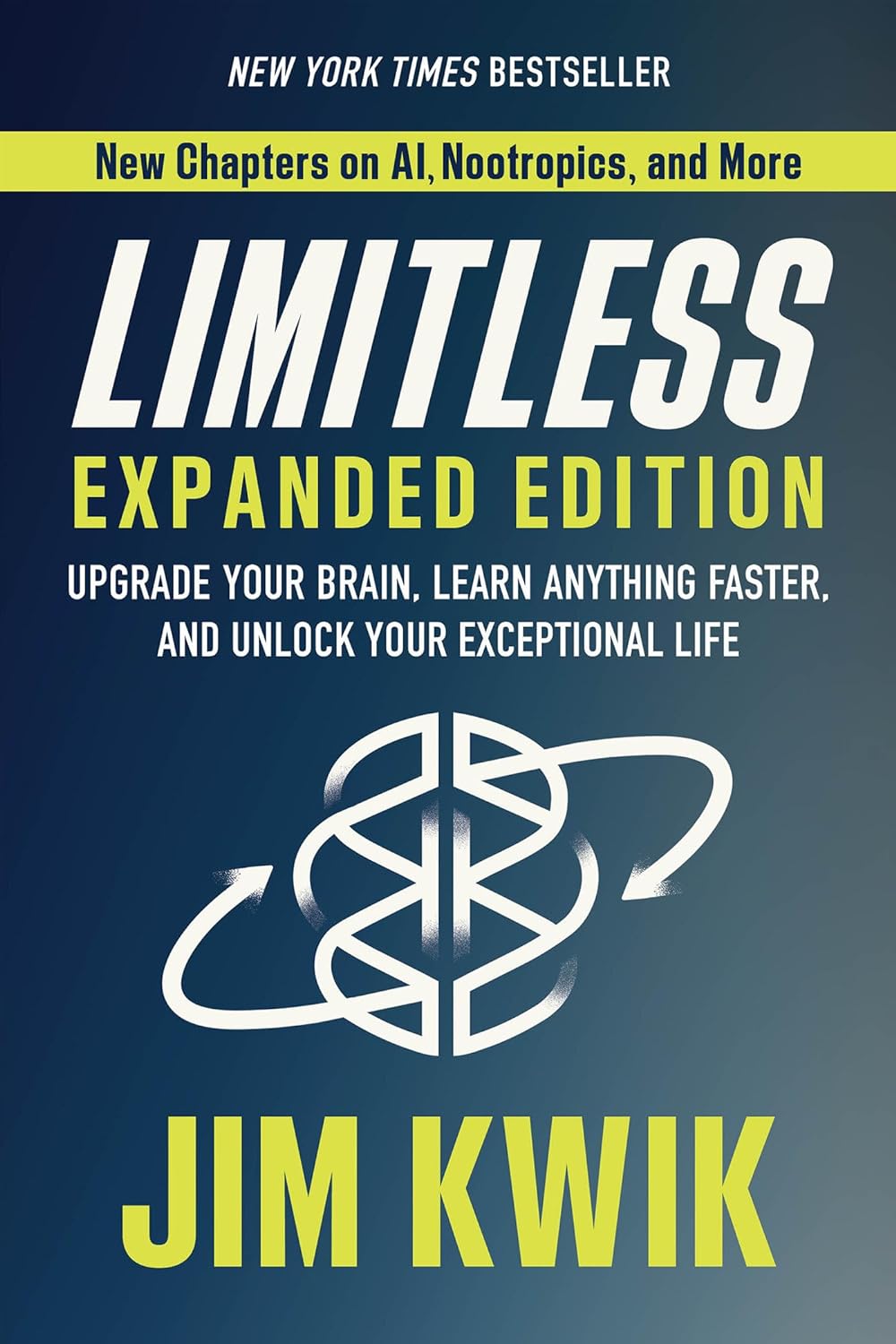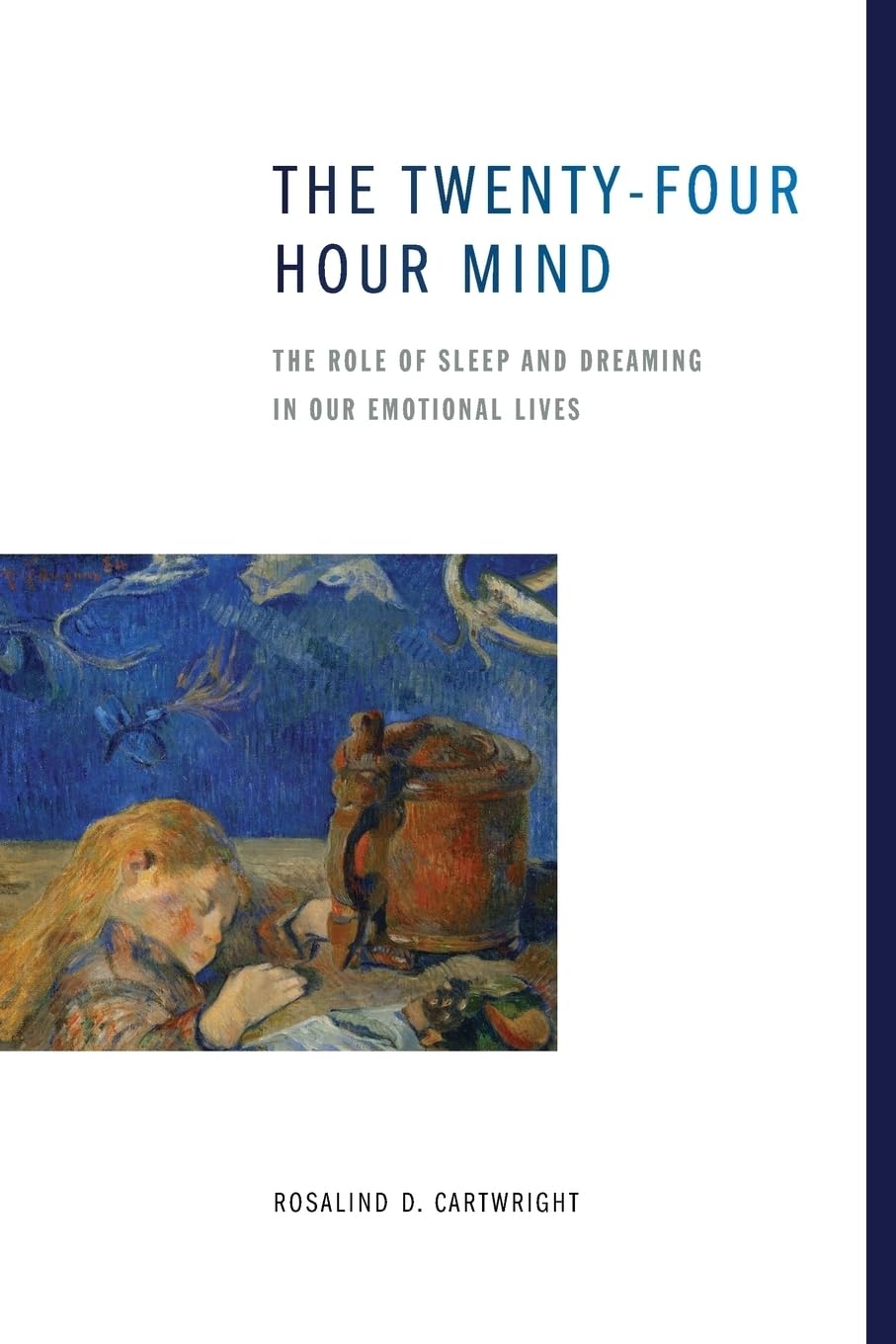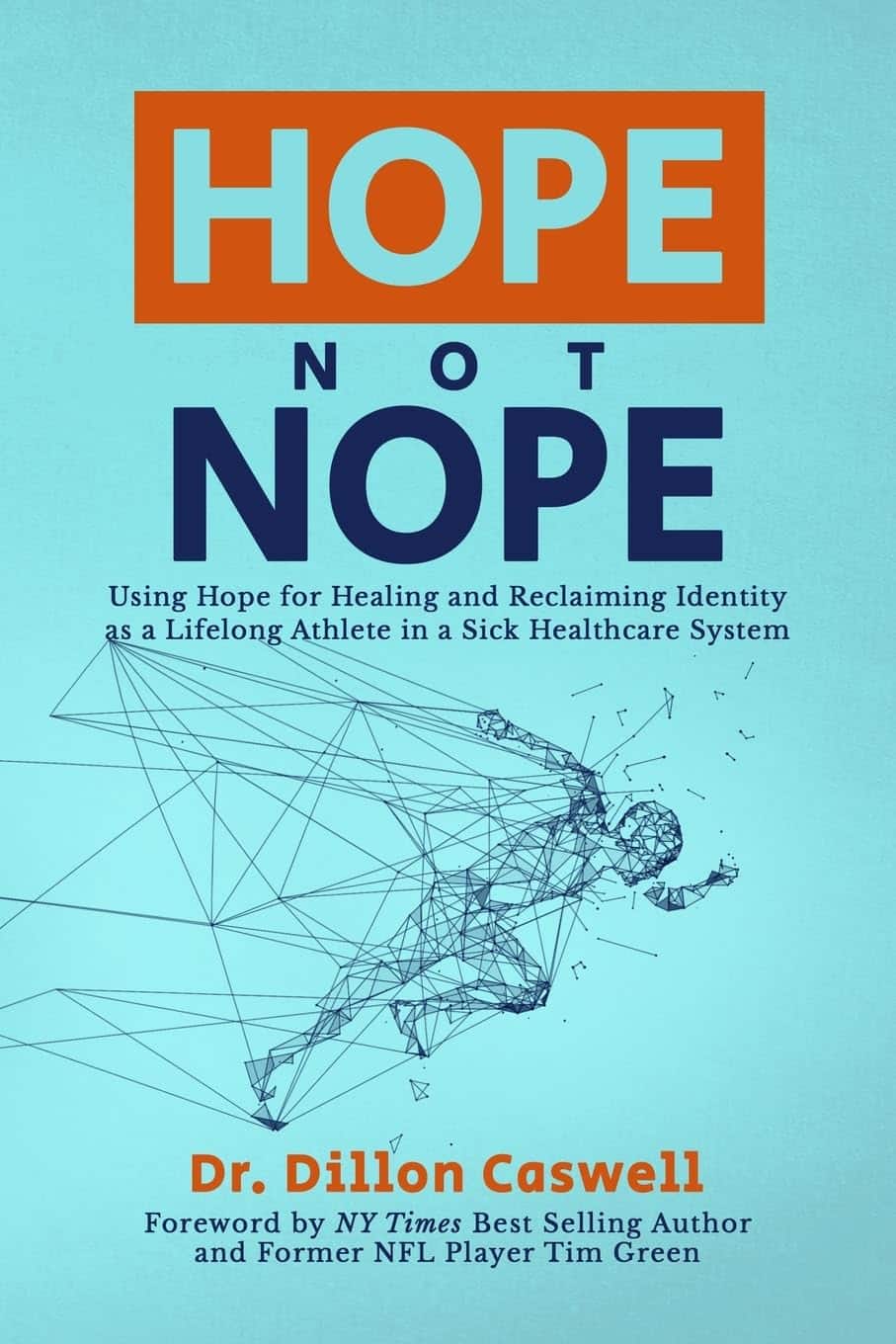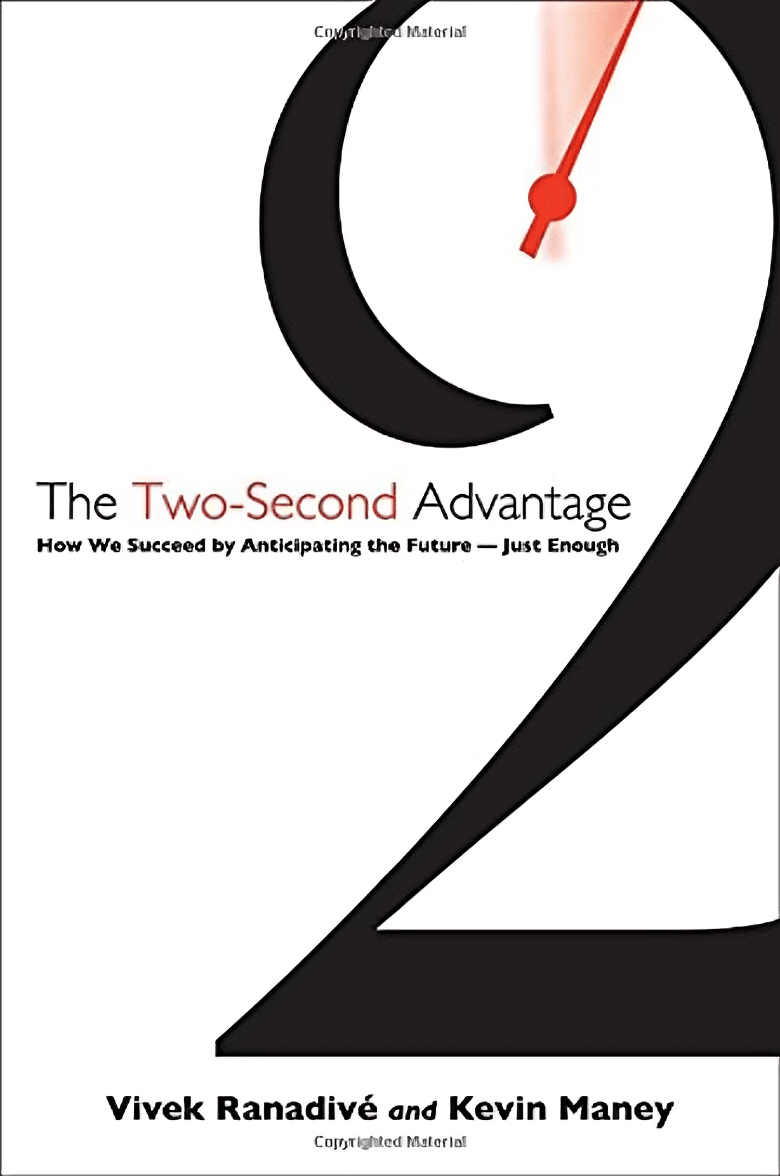
The Two-Second Advantage – by Vivek Ranadive and Kevin Maney
10almonds is reader-supported. We may, at no cost to you, receive a portion of sales if you purchase a product through a link in this article.
The titular “two-second advantage” can in some cases be literal (imagine you got a two-second head-start in a boxing match!), in other cases can refer to being just a little ahead of things in a way that can confer a great advantage, often cumulatively—as anyone who’s played Monopoly can certainly attest.
Vivek Ranadivé and Kevin Maney give us lots of examples from business, sports, politics, economics, and more, in a way that seeks to cultivate a habit of asking the right questions in order to anticipate the future and not just be ahead of the competition—some areas of life don’t have competition for most people, like health, for example—but to generally have things “in hand”.
When it comes to personal finances, health, personal projects, and the like, those tiny initial advantages that lead to incremental further improvements, can be the difference between continually (and frantically) playing catch-up, or making the jump past breaking even to going from strength to strength.
Don’t Forget…
Did you arrive here from our newsletter? Don’t forget to return to the email to continue learning!
Recommended
Learn to Age Gracefully
Join the 98k+ American women taking control of their health & aging with our 100% free (and fun!) daily emails:
The Bee’s Knees?
If you’d like to pre-empt that runny nose, some say that local honey is the answer. The rationale is that bees visiting the local sources of pollen and making honey will introduce the same allergens to you in a non allergy-inducing fashion (the honey). The result? Inoculation against the allergens in question.
But does it work?
Researching this, we found a lot of articles saying there was no science to back it up.
And then! We found one solitary study from 2013, and the title was promising:
But we don’t stop at titles; that’s not the kind of newsletter we are. We pride ourselves on giving good information!
And it turned out, upon reading the method and the results, that:
- Both the control and test groups also took loratadine for the first 4 weeks of the study
- The test group additionally took 1g/kg bodyweight of honey, daily—so for example if you’re 165lb (75kg), that’s about 4 tablespoons per day
- The control group took the equivalent amount of honey-flavored syrup
- Both groups showed equal improvements by week 4
- The test group only showed continued improvements (over the control group) by week 8
The researchers concluded from this:
❝Honey ingestion at a high dose improves the overall and individual symptoms of AR, and it could serve as a complementary therapy for AR.❞
We at 10almonds concluded from this:
❝That’s a lot of honey to eat every day for months!❞
We couldn’t base an article on one study from a decade ago, though! Fortunately, we found a veritable honeypot of more recent research, in the form of this systematic review:
Read: The Potential Use Of Honey As A Remedy For Allergic Diseases
…which examines 13 key studies and 43 scientific papers over the course of 21 years. That’s more like it! This was the jumping-off point we needed into more useful knowledge.
We’re not going to cite all those here—we’re a health and productivity newsletter, not an academic journal of pharmacology, but we did sift through them so that you don’t have to, and:
The researchers (of that review) concluded:
❝Although there is limited evidence, some studies showed remarkable improvements against certain types of allergic illnesses and support that honey is an effective anti-allergic agent.❞
Our (10almonds team) further observations included:
- The research review notes that a lot of studies did not confirm which phytochemical compounds specifically are responsible for causing allergic reactions and/or alleviating such (so: didn’t always control for what we’d like to know, i.e. the mechanism of action)
- Some studies showed results radically different from the rest. The reviewers put this down to differences that were not controlled-for between studies, for example:
- Some studies used very different methods to others. There may be an important difference between a human eating a tablespoon of honey, and a rat having aerosolized honey shot up its nose, for instance. We put more weight to human studies than rat studies!
- Some kinds of honey (such as manuka) contain higher quantities of gallic acid which itself can relieve allergies by chemically inhibiting the release of histamine. In other words, never mind pollen-based inoculations… it’s literally an antihistamine.
- Certain honeys (such as tualang, manuka and gelam) contain higher quantities of quercetin. What’s quercetin? It’s a plant flavonoid that a recent study has shown significantly relieves symptoms of seasonal allergies. So again, it works, just not for the reason people say!
In summary:
The “inoculation by local honey” thing specifically may indeed remain “based on traditional use only” for now.
But! Honey as a remedy for allergies, especially manuka honey, has a growing body of scientific evidence behind it.
Bottom line:
If you like honey, go for it (manuka seems best)! It may well relieve your symptoms.
If you don’t, off-the-shelf antihistamines remain a perfectly respectable option.
Share This Post

Limitless Expanded Edition – by Jim Kwik
10almonds is reader-supported. We may, at no cost to you, receive a portion of sales if you purchase a product through a link in this article.
This is a little flashier in presentation than we usually go for here, but the content is actually very good. Indeed, we’ve featured Jim Kwik before, with different, but also good content—in that case, physical exercises that strengthen the brain.
This time, Kwik (interspersed with motivational speeches that you may or may not benefit from, but they are there) offers a step-by-step course in improving various metrics of cognitive ability. His methods were produced by trial and error, and now have been refined and enjoyed by man. If it sounds like a sales gimmick, it is a bit, but the good news is that everything you need to benefit is in the book; it’s not about upselling to a course or “advanced” books or whatnot.
The style is enthusiastically conversational, and instructions when given (which is often) are direct and clear.
Bottom line: one of the most critical abilities a brain can have is the ability to improve itself, so whatever level your various cognitive abilities are at right now, if you apply this book, you will almost certainly improve in one or more areas, which will make it worth the price of the book.
Click here to check out Limitless, and find out what you can do!
Share This Post

The Twenty-Four Hour Mind – by Dr. Rosalind Cartwright
10almonds is reader-supported. We may, at no cost to you, receive a portion of sales if you purchase a product through a link in this article.
We’ve reviewed books about sleep before, and even about dreaming, so what does this one have to offer that’s new?
Quite a lot, actually! Before Dr. Cartwright, there were mainly two models of sleep and dreaming:
- The “top-down” model of psychoanalysts: our minds shape our dreams which in turn reveal things about us as people
- The “bottom-up” model of neuroscientists: our brains need to go through regular maintaince cycles, of which vivid hallucinations are a quirky side-effect.
And now, as Dr. Cartwright puts it:
❝I will lay out a new [horizontal] psychological model of the twenty-four hour mind; that is, how the predominantly conscious (waking) and unconscious (sleeping) forms of mental behavior interact through the brain’s regular, but differently organized, states of waking, sleeping, and dreaming.❞
This she does in the exploratory style of a 224-page lecture, which sounds like it might be tedious, but is actually attention-grabbing and engaging throughout. This book is more of a page-turner than soporific bedtime reading!
Bottom line: if you’d like to know more about the effect your waking and sleeping brain have on each other (to include getting in between those and making adjutments as appropriate), this is very much an elucidating read!
Click here to check out The Twenty-Four Hour Mind, and learn more about yours!
Share This Post
Related Posts

Wouldn’t It Be Nice To Have Regenerative Superpowers?
10almonds is reader-supported. We may, at no cost to you, receive a portion of sales if you purchase a product through a link in this article.
The Best-Laid Schemes of Mice and Medical Researchers…

This is Dr. Ellen Heber-Katz. She’s an internationally-renowned immunologist and regeneration biologist, but her perhaps greatest discovery was accidental.
Unlike in Robert Burns’ famous poem, this one has a happy ending!
But it did involve the best-laid schemes of mice and medical researchers, and how they did indeed “gang gagly“ (or in the English translation, “go awry”).
How it started…
Back in 1995, she was conducting autoimmune research, and doing a mouse study. Her post-doc assistant was assigned to punch holes in the ears of mice that had received an experimental treatment, to distinguish them from the control group.
However, when the mice were later checked, none of them had holes (nor even any indication there ever had been holes punched)—the experiment was ruined, though the post-doc swore she did her job correctly.
So, they had to start from scratch in the new year, but again, a second batch of mice repeated the trick. No holes, no wounds, no scarring, not disruption to their fur, no damage to the cartilage that had been punched through.
In a turn of events worthy of a superhero origin story, they discovered that their laboratory-made autoimmune disease had accidentally given the mice super-healing powers of regeneration.
In the animal kingdom, this is akin to a salamander growing a new tail, but it’s not something usually found in mammals.
Read: A New Murine Model for Mammalian Wound Repair and Regeneration
How it’s going…
Dr. Heber-Katz and colleagues took another 20 years of work to isolate hypoxia-inducible factor-1a (HIF-1a) as a critical molecule that, if blocked, would eliminate the regenerative response.
Further, a drug (which they went on to patent), 1,4-dihydrophenonthrolin-4-one-3-carboxylic acid (1,4-DPCA), chemically induced this regenerative power:
See: Drug-induced regeneration in adult mice
Another 5 years later, they found that this same drug can be used to stimulate the regrowth of bones, too:
And now…
The research is continuing. Here’s the latest, a little over a month ago:
Epithelial–mesenchymal transition: an organizing principle of mammalian regeneration
Regrowing nerves has also been added into the list of things the drug can do.
What about humans?
Superpowered mice are all very well and good, but when can we expect this in humans?
The next step is testing the drug in larger animals, which she hopes to do next year, followed eventually by studies in humans.
Read the latest:
Regrowing nerves and healing without scars? A scientist’s career-long quest comes closer to fruition
Very promising!
Don’t Forget…
Did you arrive here from our newsletter? Don’t forget to return to the email to continue learning!
Learn to Age Gracefully
Join the 98k+ American women taking control of their health & aging with our 100% free (and fun!) daily emails:

Fight Inflammation & Protect Your Brain, With Quercetin
10almonds is reader-supported. We may, at no cost to you, receive a portion of sales if you purchase a product through a link in this article.
Querying Quercetin
Quercetin is a flavonoid (and thus, antioxidant) pigment found in many plants. Capers, radishes, and coriander/cilantro score highly, but the list is large:
USDA Database for the Flavonoid Content of Selected Foods
Indeed,
❝Their regular consumption is associated with reduced risk of a number of chronic diseases, including cancer, cardiovascular disease (CVD) and neurodegenerative disorders❞
~ Dr. Aleksandra Kozłpwsla & Dr. Dorota Szostak-Wegierek
Read more: Flavonoids—food sources and health benefits
For this reason, quercetin is often sold/consumed as a supplement on the strength of its health-giving properties.
But what does the science say?
Quercetin and inflammation
In short, it helps:
❝500 mg per day quercetin supplementation for 8 weeks resulted in significant improvements in clinical symptoms, disease activity, hs-TNFα, and Health Assessment Questionnaire scores in women with rheumatoid athritis❞
Quercetin and blood pressure
It works, if antihypertensive (i.e., blood pressure lowering) effect is what you want/need:
❝…significant effect of quercetin supplementation in the reduction of BP, possibly limited to, or greater with dosages of >500 mg/day.❞
~ Dr. Maria-Corina Serban et al.
Quercetin and diabetes
We’re less confident to claim this one, because (almost?) all of the research so far as been in non-human animals or in vitro. As one team of researchers put it:
❝Despite the wealth of in animal research results suggesting the anti-diabetic and its complications potential of quercetin, its efficacy in diabetic human subjects is yet to be explored❞
Quercetin and neuroprotection
Research has been done into the effect of quercetin on the risk of Parkinson’s disease and Alzheimer’s disease, and they found…
❝The data indicate that quercetin is the major neuroprotective component in coffee against Parkinson’s disease and Alzheimer’s disease❞
Read more: Quercetin, not caffeine, is a major neuroprotective component in coffee
Summary
Quercetin is a wonderful flavonoid that can be enjoyed as part of one’s diet and by supplementation. In terms of its popular health claims:
- It has been found very effective for lowering inflammation
- It has a moderate blood pressure lowering effect
- It may have anti-diabetes potential, but the science is young
- It has been found to have a potent neuroprotective effect
Want to get some?
We don’t sell it, but for your convenience, here’s an example product on Amazon
Enjoy!
Don’t Forget…
Did you arrive here from our newsletter? Don’t forget to return to the email to continue learning!
Learn to Age Gracefully
Join the 98k+ American women taking control of their health & aging with our 100% free (and fun!) daily emails:

Hope Not Nope – by Dr. Dillon Caswell
10almonds is reader-supported. We may, at no cost to you, receive a portion of sales if you purchase a product through a link in this article.
The author a Doctor of Physical Therapy, writes from both professional expertise and personal experience, when it comes to the treatment of long term injury / disability / chronic illness.
His position here is that while suffering is unavoidable, we don’t have to suffer as much or as long as many might tell us. We can do things to crawl and claw our way to a better position, and we do not have to settle for any outcome we don’t want. That doesn’t mean there’s always a miracle cure—we don’t get to decide that—but we do get to decide whether we keep trying.
Dr. Caswell’s advice is based mostly in psychology—a lot of it in sports psychology, which is no surprise given his long history as an athlete as well as his medical career.
The style is very easy-reading, and a combination of explanation, illustrative (often funny) anecdotes, and a backbone of actual research to keep everything within the realms of science rather than mere wishful thinking—he strikes a good balance.
Bottom line: if your current health outlook is more of an uphill marathon, then this book can give you the tools to carry yourself through the healthcare system that’s been made for numbers, not people.
Don’t Forget…
Did you arrive here from our newsletter? Don’t forget to return to the email to continue learning!
Learn to Age Gracefully
Join the 98k+ American women taking control of their health & aging with our 100% free (and fun!) daily emails:

